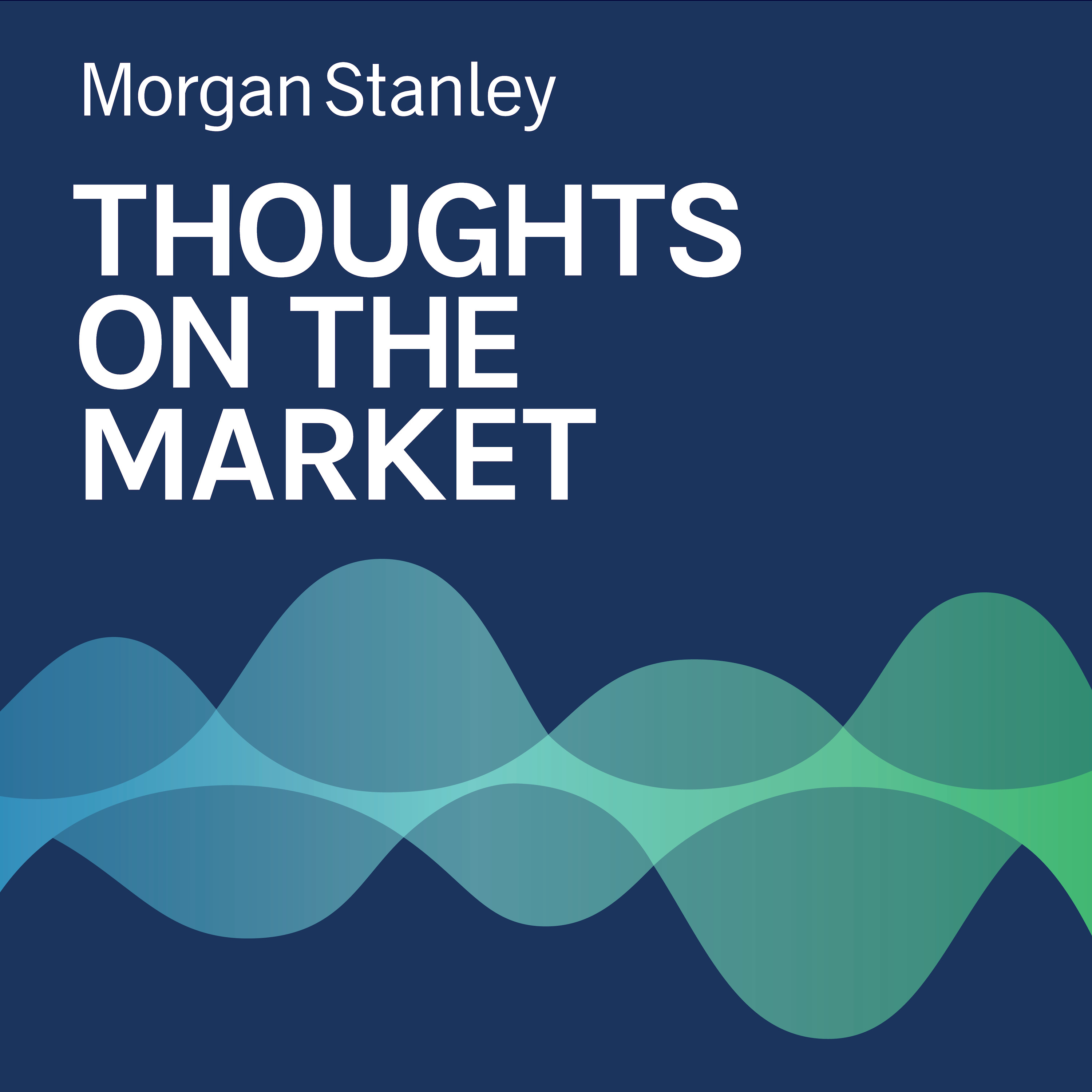Almost Human: Robots in Our Near Future

Our Head of Global Autos & Shared Mobility discusses what makes humanoid robots a pivotal trend with implications for the global economy.
----- Transcript -----
Welcome to Thoughts on the Market. I\u2019m Adam Jonas, Morgan Stanley\u2019s Head of Global Autos & Shared Mobility. Today I\u2019ll be talking about an unusual but hotly debated topic: humanoid robots.
It\u2019s Tuesday, July 23rd, at 10am in New York.
We've seen robots on factory floors, in displays at airports and at trade shows \u2013 doing work, performing tasks, even smiling. But over the last eighteen months, we seem to have hit a major inflection point.
What's changed? Large Language Models and Generative AI. The current AI movement is drawing comparisons to the dawn of the Internet. It\u2019s begging big, existential questions about the future of the human species and consciousness itself. But let\u2019s look at this in more practical terms and consider why robots are taking on a human shape.
The simplest answer is that we live in a world built for humans. And we\u2019re getting to the point where \u2013 thanks to GenAI \u2013 robots are learning through observation. Not just through rudimentary instruction and rules based heuristic models. GenAI means robots can observe humans in action doing boring, dangerous and repetitive tasks in warehouses, in restaurants or in factories. And in order for these robots to learn and function most effectively, their design needs to be anthropomorphic.
Another reason we're bullish on humanoid robots is because developers can have these robots experiment and learn from both simulation and physically in areas where they\u2019re not a serious threat to other humans. You see, many of the enabling technologies driving humanoid robots have come from developments in autonomous cars. The problem with autonomous cars is that you can't train them on public roads without directly involving innocent civilians \u2013 pedestrians, children and cyclists -- into that experiment.
Add to all of this the issue of critical labor shortages and challenging demographic trends. The global labor total addressable market is around $30 trillion (USD) or about one-third of global GDP. We\u2019ve built a proprietary US total addressable market model examining labor dynamics and humanoid optionality across 831 job classifications, working with our economic team; and built a comprehensive survey across 40 sectors to understand labor intensity and humanoid ability of the workforce over time.
In the United States, we forecast 40,000 humanoid units by 2030, 8 million by 2040 and 63 million by 2050 \u2013 equivalent to around $3 trillion (USD) of salary equivalent. But as early as 2028 we think you're going to see significant adoption beginning in industries like manufacturing, production, warehousing, and logistics, installation, healthcare and food prep.
Then in the 2030s, you\u2019re going to start adding more in healthcare, recreational and transportation. And then after 2040, you may see the adoption of humanoid robots go vertical. Now you might say \u2013 that\u2019s 15 years from now. But just like autonomous cars, the end state might be 20 years away, but the capital formation is happening right now. And investors should pay close attention because we think the technological advances will only accelerate from here.
Thanks for listening. And if you enjoy the show, please leave us a review wherever you listen and share Thoughts on the Market with a friend or colleague today.